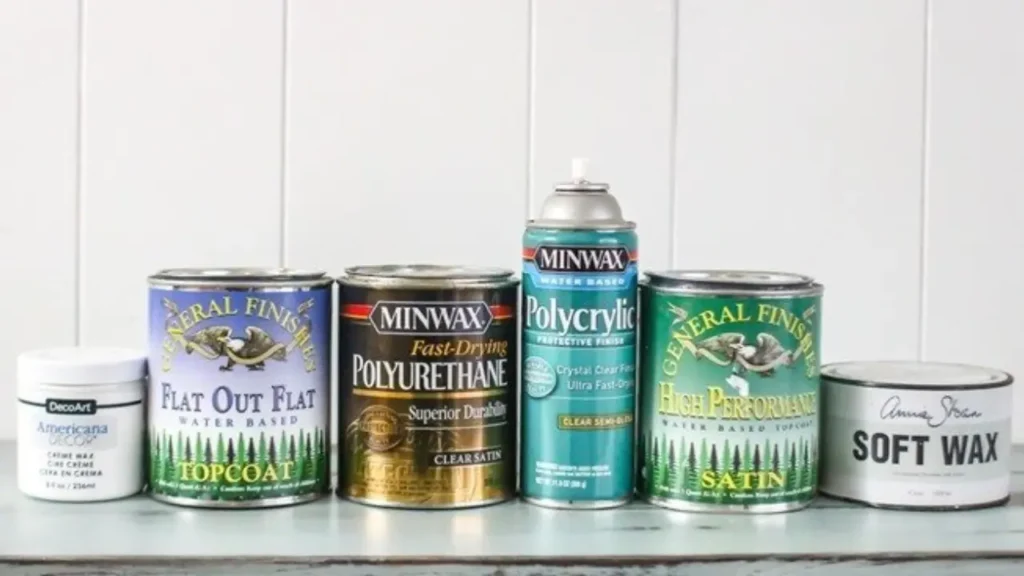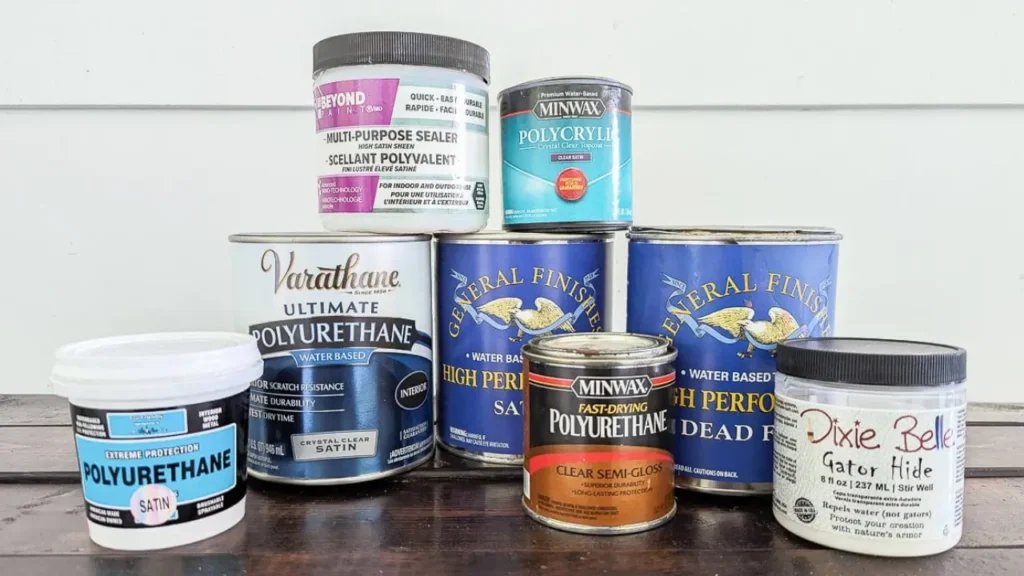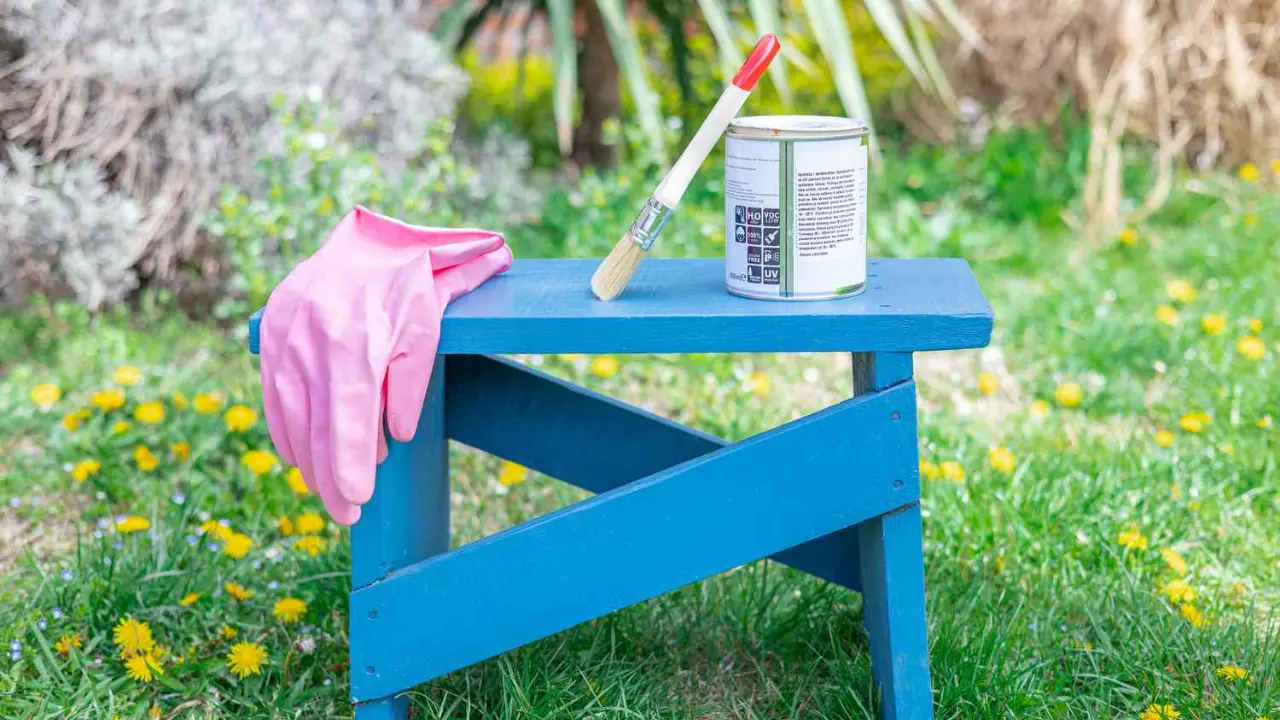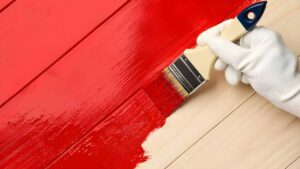Top Coat for Painted Furniture 2025: So, if you’ve just finished painting your furniture and are wondering how to protect it, or you’re about to go shopping for supplies and you’re wondering which topcoat is best for painted furniture, read on.
Whatever you do, you shouldn’t skip the step of making sure your painted furniture is protected.
The only time you don’t need to apply a topcoat is if you’ve bought paint that has a topcoat included.
Read the tin if you’re unsure or check with the brand directly for clarification.
When should I put a topcoat on my painted furniture?
You should not apply a topcoat until the last layer of paint has completely dried. How long this takes depends on a few factors. First of all, it depends on what type of paint you are using.

Always check the instructions on the tin for the drying time of your particular brand of paint. Also, if it’s damp or humid outside your paint will take longer to dry, so add extra time.
I often leave my last coat of paint to dry overnight, but sometimes, if I applied my final coat in the morning, then I’ll apply a topcoat much later in the day.
What topcoat should I use to seal and protect my painted furniture?
Which topcoat you choose to use will depend on the type of finish you want and the type of paint you used. I always work with water-based paints, but some furniture paints are oil-based.

When working with oil-based paint, choose an oil-based topcoat. With water-based paint, I typically use a water-based topcoat, and on a few occasions, I have used a clear wax specifically designed for use on painted furniture.
What is polyurethane and what is it used for?
There are two types of polyurethane. Both are protective finishes that help seal and protect painted or wood furniture.
The first and most traditional, widely used type is oil-based polyurethane. The other type is called ‘water-based polyurethane’ or ‘polycrylic’.Use oil-based polyurethane if you painted your furniture with oil-based paint.
Oil-based poly’ is great as in its more protective and durable, however I tend to use it more as a topcoat for raw or stained wood, as the oil component nourishes the wood so well.
Oil-based topcoats have a tendency to yellow over time, which isn’t a good thing, especially if you’ve painted the furniture a light color, as the yellowing will be more noticeable.
Topcoat your painted furniture with water-based polyurethane
Water-based topcoats also provide a smooth and protective finish, and I usually apply 3 coats, sometimes 4 (with drying in between coats) to optimize smoothness and protection.
Water-based polyurethane or polycyclic has lower VOCs, but you still need to avoid breathing in the vapors, so ventilate well.
And as an added precaution, you may also choose to wear a protective mask, especially if you have asthma or other lung problems । It dries much faster than its oil based relative, and clean-up is so easy with dish soap and water. No hazardous waste to consider.
Water-based polyurethanes come in a variety of finishes: gloss, semi-gloss, satin, matte/flat and ultra flat, so you can choose which finish helps you get the finished look you want to achieve.
You can apply it with a synthetic brush, or some people prefer to apply it using a special type of round, dense sponge. I have never used a foam roller to apply poly because of the risk of small bubbles appearing. I want the finish to be smooth.
It is very important to make sure to never shake the can of polyurethane, as this will create tiny bubbles that will ruin your finish.
Follow the instructions on the can. After application, make sure you let your topcoat dry completely according to your chosen brand’s instructions and then use it regularly.




